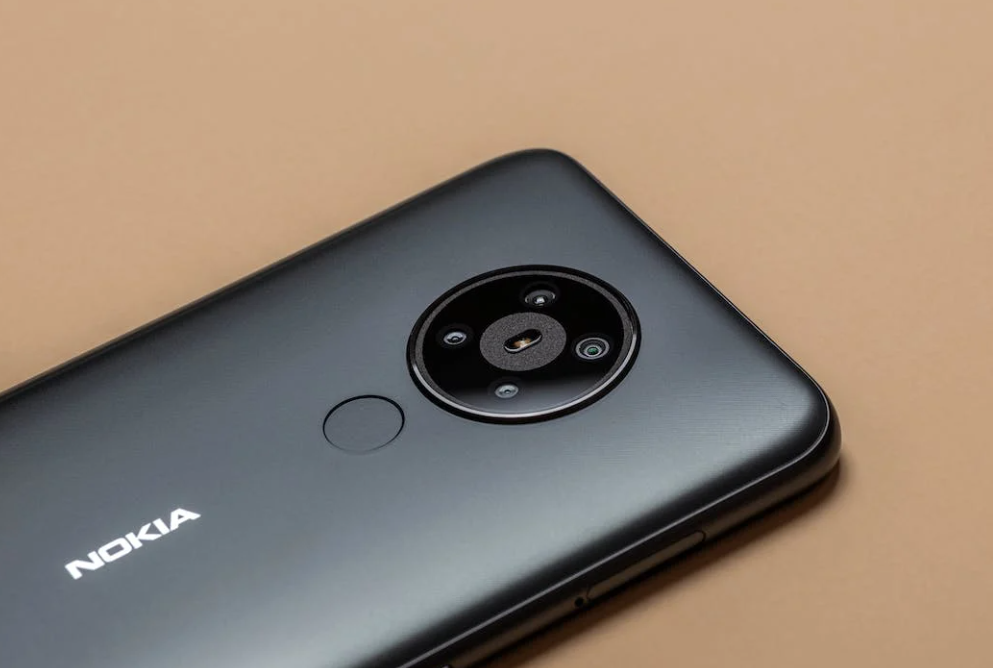
Nokia was once a dominant player in the mobile phone industry, but the Finnish company’s failure to adapt to changing market conditions led to its decline and eventual sale to Microsoft. Here are some of the key mistakes Nokia made that contributed to its downfall:
- Underestimating the rise of smartphones: In the early 2000s, Nokia was the market leader in mobile phones, but it failed to anticipate the rise of smartphones. Instead, the company focused on feature phones, which were cheaper and easier to produce. When Apple launched the iPhone in 2007, Nokia was caught off guard and struggled to catch up.
- Failure to innovate: While Nokia was successful in the early days of mobile phones, it failed to keep up with changing consumer preferences and technological advancements. The company relied on its Symbian operating system for too long, even as competitors like Apple and Google introduced more sophisticated platforms. Nokia also failed to develop a strong ecosystem of apps and services, which limited the appeal of its devices.
- Overreliance on hardware: Nokia was known for producing high-quality, durable devices, but it failed to recognize the growing importance of software and user experience. The company’s focus on hardware led to a lack of innovation in areas like user interface design and app development.
- Poor strategic decisions: Nokia made a number of poor strategic decisions that ultimately hurt the company’s prospects. In 2008, Nokia entered into a partnership with Microsoft to develop smartphones based on the Windows Phone operating system. This move was widely criticized, as it limited Nokia’s ability to differentiate its products and left the company dependent on Microsoft’s platform. Nokia also failed to establish a strong presence in key markets like the United States and China.
- Slow response to market changes: Even as Nokia’s market share began to decline, the company was slow to make changes to its strategy. Nokia continued to focus on feature phones and Symbian even as consumers increasingly turned to smartphones. It wasn’t until 2011 that Nokia began to shift its focus to Windows Phone, by which point Apple and Google had already established a strong foothold in the market.
- Lack of agility: Nokia was a large and bureaucratic organization, which made it difficult for the company to respond quickly to changing market conditions. By the time Nokia realized it needed to change course, it was already too late.
- Inability to compete on price: Nokia’s devices were often more expensive than those of its competitors, which limited their appeal in price-sensitive markets. The company failed to develop a low-cost smartphone to compete with offerings from Chinese manufacturers like Xiaomi and Huawei.
- Poor brand positioning: Nokia’s brand was associated with durability and reliability, but it failed to establish a clear identity in the smartphone era. The company’s devices were often seen as utilitarian and lacking in style, which made them less appealing to younger consumers.
In the end, Nokia’s failure to adapt to changing market conditions and its overreliance on hardware proved to be its undoing. The company was slow to recognize the importance of software and user experience, and its strategic decisions were often misguided. While Nokia’s legacy lives on in the form of its iconic devices like the Nokia 3310, its downfall serves as a cautionary tale for companies that fail to innovate and adapt to changing consumer preferences.


